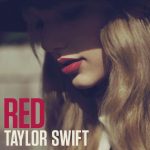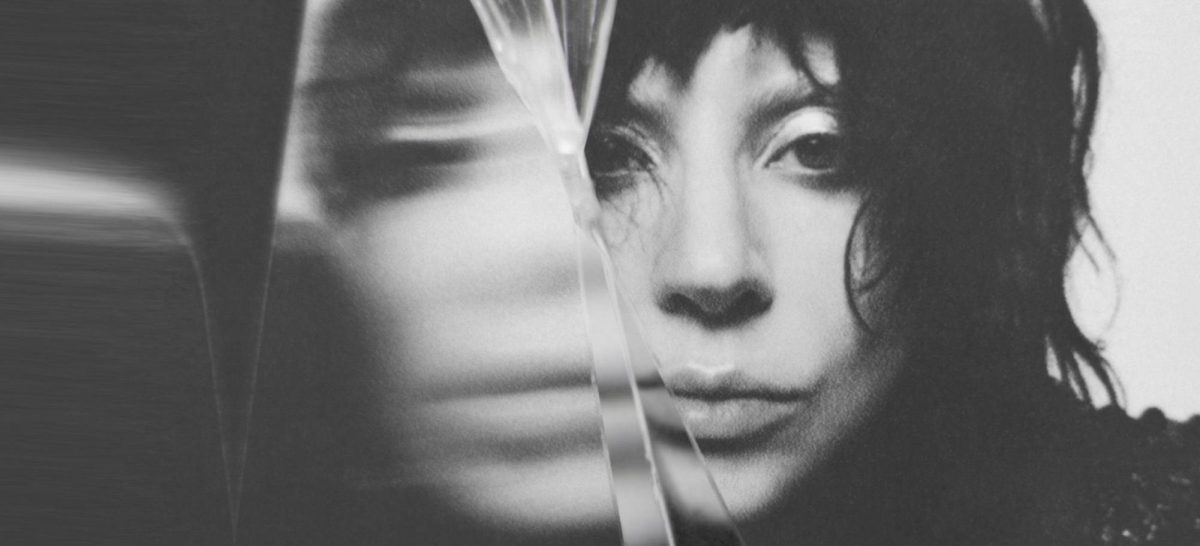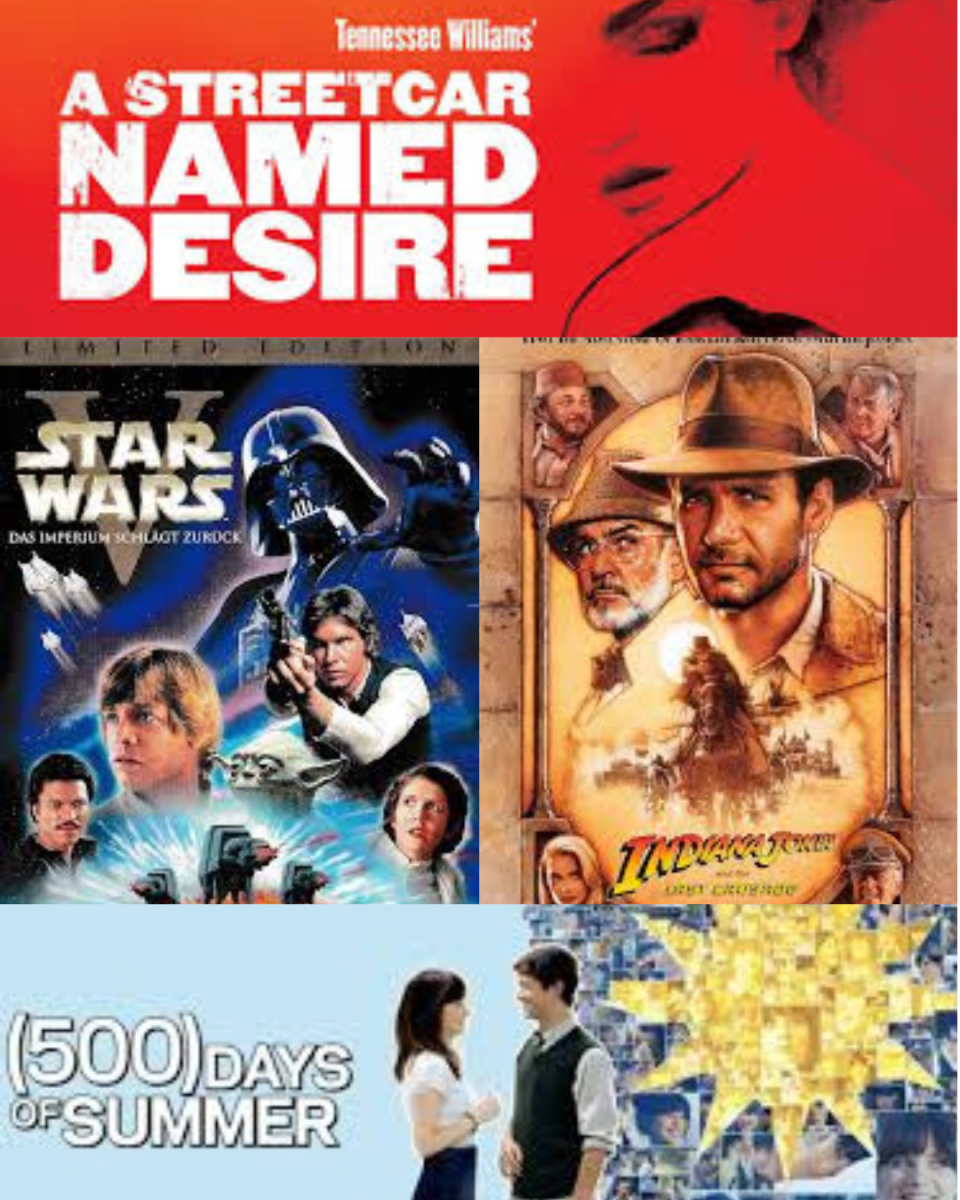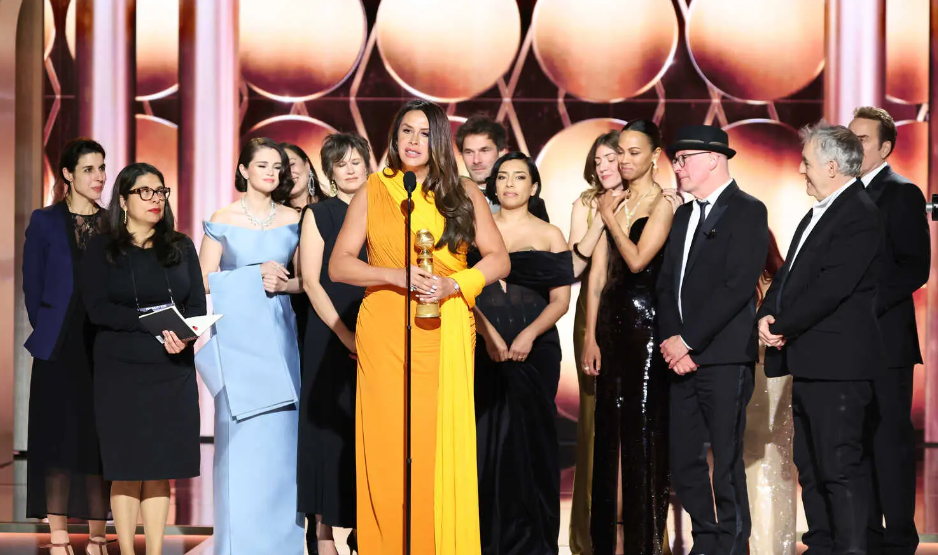Taylor Swift can be considered one of the most stereotyped artists in the music industry. Known solely for pop-country ballads, her lyrics are centered around devastating break-ups (i.e., “Back To December,” “White Horse,” “Dear John,” and “Picture to Burn”), falling for a guy who does not acknowledge her existence (obviously “Invisible,” “You Belong With Me,” and “Teardrops on My Guitar”), and a lot of standing in the pouring rain (“Sparks Fly,” “If This Was A Movie,” and “The Other Side of the Door”). Her first three albums—Taylor Swift, Fearless, and Speak Now— can all be categorized as music for teenage girls who can relate t0 Swift’s lyrics about teenage relationships while simultaneously enjoying the catchy country-pop music. Yet what separates each of her albums as individual pieces of work is the deterioration of the country sound in each one; a gradual disappearance that only stops after reaching an almost completely pop sound on Speak Now. The fourth studio album Red essentially identifies Swift as a pop artist with a bit of country twang hidden here and there. However, Red—though it will no doubt lose the support of die-hard country fans—can be regarded as a successful work because it brings something entirely new to the table.
Avid T-Swift fans knew something was up when she released her first single, “We Are Never Ever Getting Back Together.” While catchy and radio friendly, the single can be grouped with other teen anthems such as “Call Me Maybe” and “What Makes You Beautiful”— a song containing a sound that was largely considered a step in the wrong direction for a primarily country artist. However, the Red album as a whole is nothing like “We Are Never Ever Getting Back Together,” or, frankly, anything Swift has ever released. The first song on Red is “State of Grace,” a definite standout among all sixteen tracks. The heavy drums and the undertone of electric guitar in the opening sound like a typical alternative rock song, but it somehow seems to work with Taylor’s elongated vocals. Track two “Red” is an entirely unexpected follow up, starting with banjo in the first verse then bursting into a chorus sparkling with…autotune? Regardless, the song is one of the most popular on the album and should appeal to many country fans. The follow up to “Red” is “Treacherous,” a sparkling acoustic that is memorable for its slow build up. The next unforeseen addition to Red is track four “I Knew You Were Trouble” — if Taylor can pull off country, pop, and alternative, then she might as well throw some dubstep into the mix. Though there is a heavy beat throughout the chorus, it does not overpower the song. “I Knew You Were Trouble” is one of those songs that fans either absolutely adore or cannot stand to listen to. In spite of one’s opinion of it, this dubstep style can be tacked on to the ever-growing list of music styles Swift is able to pull off. Track six “22” is yet another electronic pop number. The lyrics to the song are like none she has ever written, as she opens singing, “It feels like a perfect night, to dress up like hipsters.” “22,” like “I Knew You Were Trouble,” is a song that will make or break one’s opinion of Red. Regardless, it is definitely a song that listeners will be tempted to blast in the car with their best friends. In contrast to bright pop songs tinged with dubstep, tracks five and seven, “All Too Well” and “I Almost Do,” bring back the typical love ballad that Swift is known for. “All Too Well” in particular will be a favorite among fans of her previous albums. Songs nine and eleven, “Stay Stay Stay” and “Holy Ground,” are cute and catchy, but not particularly exceptional in comparison to the tracks that they follow. Both “Sad Beautiful Tragic” and “The Lucky One” are cleverly written, with the heartbreaking, metaphoric lyrics of “Sad Beautiful Tragic,” remaining the most distinguishable. “Everything Has Changed,” a surprise duet with Ed Sheeran, features the two singer-songwriters’ voices blending perfectly over a lighthearted acoustic. Swift also duets with lead singer of Snow Patrol, Gary Lightbody, on “The Last Time,” an emotional number with a repeating chorus toward the end that is sure to resonate in one’s head after listening. Track fifteen “Starlight” is another radiant pop number, and soft country ballad “Begin Again,” closes the album on a positive note.
Because of the inclusion of so many music genres, Red may not please all fans of Taylor Swift; however, it is likely that any casual listener of her music will enjoy at least one song on the album. Red is proof that Taylor cannot be stereotyped so easily. Judging by the varied songwriting and genres, she has grown up and is ready to embrace a more mature style.








